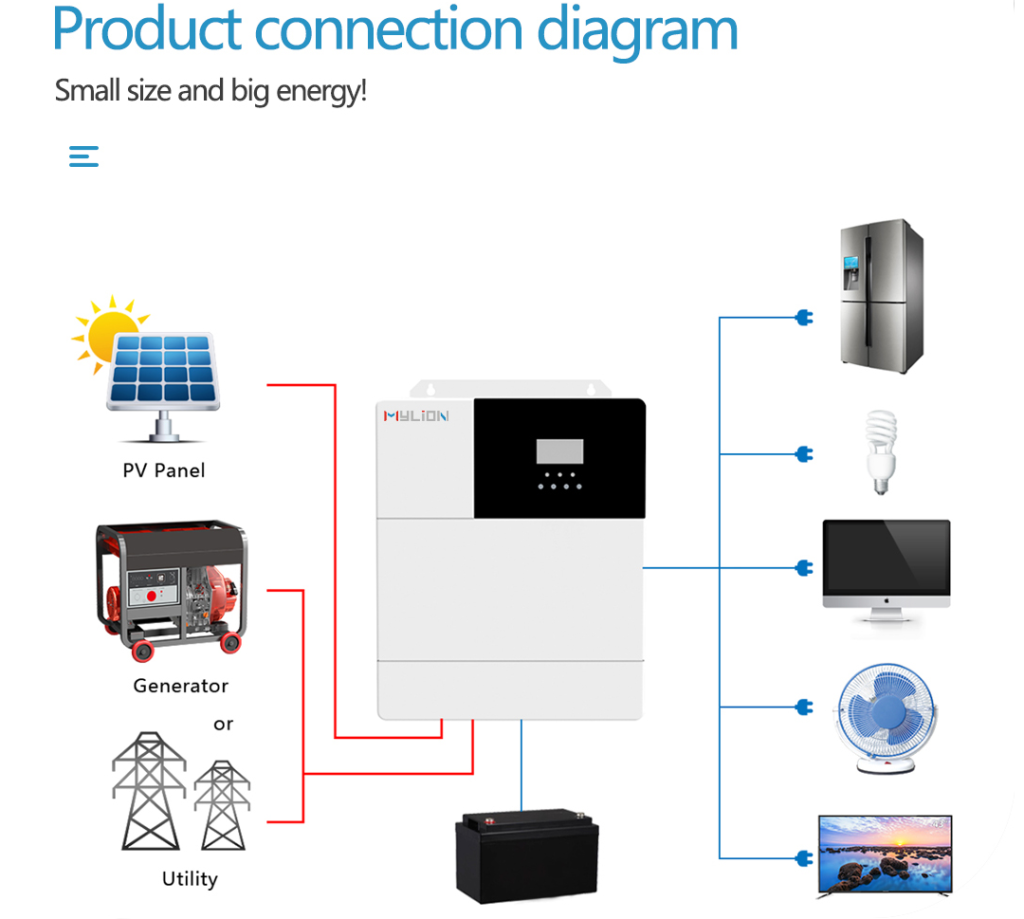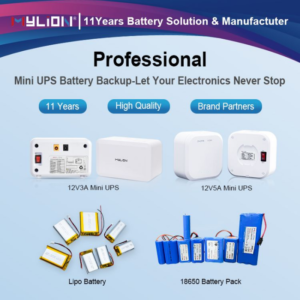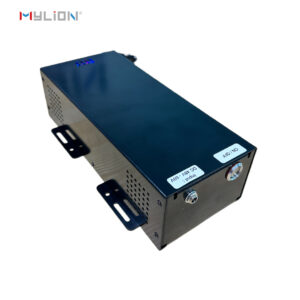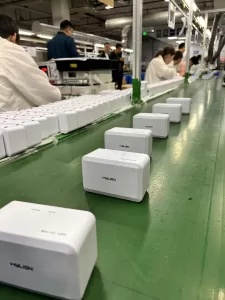There are two main types of solar power systems (also known as photovoltaic systems) — off-grid and on-grid. What’s the difference between them?
First, the “net” refers to the national power grid. Then from the literal translation, we can get:
Grid-connection refers to the transmission and use of the electricity generated by solar energy after it is incorporated into the national grid.
Off-grid refers to the separation from the national grid and the formation of a self-contained power system through the conversion of battery storage Und Wechselrichter.

The difference between connected solar energy and off-grid solar energy:
One is the centralized large-scale on-grid photovoltaic power station. Generally, they are national-level power stations, whose main feature is to directly transmit the generated energy to the power grid, and then uniformly deploy it to the users. This kind of power station has large investment, long construction cycle, large area, and high operation cost.
Another type of on-grid solar power is commonly found on urban rooftops. Distributed construction, local distribution of power supply, access to and exit from the grid flexible, not only is conducive to strengthen the power system to withstand war and disaster, improve the load balance of the power system, and reduce line losses. on-grid power generation can obtain solar power revenue by “generating electricity to the net”.
Also known as “off-grid photovoltaic power generation”, “off-grid Solar System, Stand Alone Power System”. The “net” is the power grid in public facilities. As the name suggests, it is a power supply system that does not rely on the power grid but operates independently.
Solar off-grid independent power supply system, relying on solar energy to generate electricity, storage battery, and through the controller, inverter for charge and discharge management and voltage regulation.

Which scenarios are suitable for the solar off-grid independent power supply system?
The system can be seen in any scenario where the power grid is not connected or the power supply is unreliable. For example, traffic lights, surveillance cameras and advertising signs that are not connected to the grid are often powered independently by solar energy. Located in remote islands or mountainous areas, farming and fishing farms, communication base stations, scientific research and exploration, frontier rescue workstations are all in need of reliable electricity to maintain basic lighting, electricity consumption, and the operation of working equipment.
In addition, driving vehicles and ships, such as RV, logistics trucks, yachts and so on, can also be supplemented by driving power generation combined with solar power generation to obtain reliable power support.






